We need to jump directly into the definition of maintenance stakeholders. So we can understand the difference between them and the maintenance customers. Then we shall relate this understanding to the third and fourth principles of the Agile Manifesto. This will allow us to add some key concepts to the maintenance team so they can conform to the Agility Megatrend.
Who are the maintenance’s stakeholders?
Through our previous articles we were focusing on the maintenance customers. We proved that maintenance performance affects all organization teams. Moreover, maintenance is affected by the other teams performance and the internal policies that governs the cross relation between all the teams in the organization.
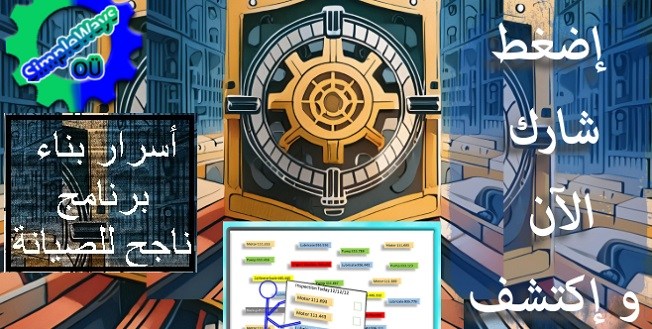
CUSTOMPRICE-TO2JAN26
This makes all the organization’s teams labelled as maintenance stakeholders. This includes the maintenance team itself and the external customers and regulatory bodies. Customers are one category of stakeholders who receives the maintenance service directly. The stakeholders affects the maintenance team and vice versa the maintenance team affects them. Both of business and projects sectors uses the concept of stakeholders extensively. Today we shall seek a deeper understanding for it from the business sector. Let’s see Investopedia definition for this:
In general, stakeholders can be divided into two types:
Internal stakeholders: Those who are employed by the company or have a direct relationship with it. These are usually employees, shareholders, executives, and partners.
Investopedia, Difference between Shareholders and Stakeholders, 22 Dec 2022
External stakeholders: Those who are impacted by your company but don’t have a direct relationship with it. These are usually customers, suppliers, and community members.
Now we can use the term stakeholders rather than customers for those who receives, affects and are affected by the maintenance service and its direct and indirect results. This shall include all organization teams as operations, purchase, warehousing, etc. whom we previously described as customers. They are customers when they receive a maintenance service. While they are just stakeholders when the maintenance performance indirectly affects them. You can sense this meaning easily in the relation between maintenance and spare parts warehouse. The wrong estimation of spare quantities and reorder point often creates a problem of stagnant spares or out of stock claims.
What is the relation between stakeholders and maintenance agility?
Let’s now come closer to understand maintenance agility to understand why it is important to maintenance stakeholders. Maintenance Agility has the sense of smooth flow of the maintenance process in the organization. Also, it carries the sense of ever readiness. Every time a problem or abnormality arises, that’s what we call a failure or partial failure, the maintenance team quickly and easily rectify the problem. Other times, the organization plans detour suddenly due to some external or internal abrupt. The teams who can cope with this change easily and continue performing efficiently are inherently agile.

CUSTOMPRICE-TO2JAN26
So, Agile Maintenance easily and quickly attend to the organization requirements. Even if those requirements are coming with a short notice from the machine operators or the maintenance predictive sensors, the maintenance team handles those requests effectively and efficiently. Attending to those system or team requests request seamless and clear communication platform and interconnections within team and across several teams.
Another side of Agile maintenance process is the clarity of the jobs we are currently doing and those that we shall do, why and when? Removing the ambiguity from our plans entrenches the trust in the process and the system. Trust, openness and clarity of the process are directly correlated with the continuous delivery of work. The Agile actions are coming continuously at short periods so that the stakeholders feel that the Agile team is always delivering and is open to discuss new requests. The response to those requests is clear whether the maintenance team accepted the request, scheduled it as a short period or long term action or rejected it. The system reports the actions that the maintenance team took to all stakeholders.
Agile Manifesto and Stakeholders
Agile Manifesto Third and Fourth principles
- Deliver working software frequently, from a couple of weeks to a couple of months, with a preference to the shorter timescale.
Agile Manifesto
- Business people and developers must work together daily throughout the project.
We had explained before that the Agile Manifesto originally streamlines the focus and efforts of the software development teams. It gives them a North Star to follow and reroute whenever they feel lost or stumbling in endless loops. Because every piece of software is a unique endeavors then you can consider it as a mini project. That encouraged projects in other disciplines to follow this initiative. Maintenance tasks seems as a continuous production of repeated tasks. However, every time we face different environmental conditions while executing the tasks. Those include the team, the interrelated tasks of other teams, the context etc. This adds a different flavor to every time we do same tasks again. Even machine age implies different steps and parts to replace.

CUSTOMPRICE-TO2JAN26
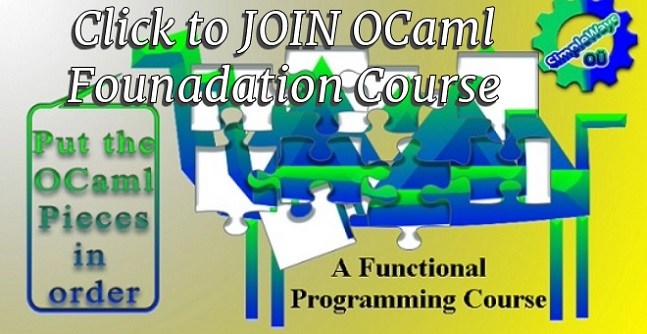
CUSTOMPRICE-TO2JAN26
Now Agile Manifesto recommends in its third principle to deliver working software frequently every 2 weeks to 2 month. Well, in the maintenance realm we can’t apply this principle literally. The maintenance schedule and plans follow different timing concepts. There are those tasks triggered based on predictive maintenance as we explained in this article: Can maintenance embrace change to be Agile? Part 3. And, those tasks that we schedule based on operation hours and the reactive ones. But the moral here is that the maintenance stakeholders need to be frequently updated about the progress of their requests. They also need to see and feel the maintenance team actions. If not literal seeing so through reporting. Also, the effects of quality vs bad maintenance send a clear message about the maintenance performance. You can find details about this in the below training:

CUSTOMPRICE-TO2JAN26
Also, the forth principle that says: “Business people and developers must work together daily throughout the project.”. Simply means that maintenance team must be aware of maintenance direct and indirect cost, which we deeply discuss in the above training. Maintenance team keeps the business directives in its focus daily through simple dashboards.
This brings us to the conclusion about the maintenance agility from the perspective of the stakeholders.
In Conclusion,
For maintenance process to be Agile from the perspective of its stakeholders it needs two important attributes:
- To establish clear, open, respectful and trustworthy communication with the stakeholders where stakeholders becomes aware of the continuous value added maintenance activities. Also frequent update about the status and schedule of maintenance tasks are available to relevant stakeholders.
- Maintenance continuously monitors business related indicators and direct and indirect effects on business. Stakeholders clearly see that maintenance is considering those indicators in their day to day activities and ready to make changes based on them without compromising the maintenance quality.
Let’s not forget that maintenance stakeholders are all those who affect or get affected by the maintenance process. This includes maintenance customers. Maintenance customers are those who receives a direct maintenance service which is the product of the maintenance process. Maintenance Service can be an inspection, some measurements, a repair activity or attending and repairing a failure.
If you feel you need help with any of these ideas we discussed, request a Management Consultancy or Coaching Services From our Store

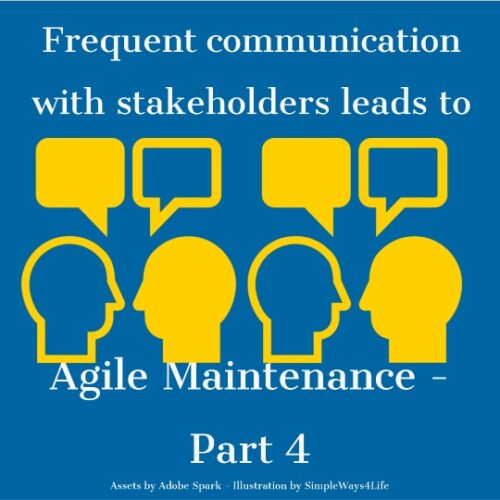
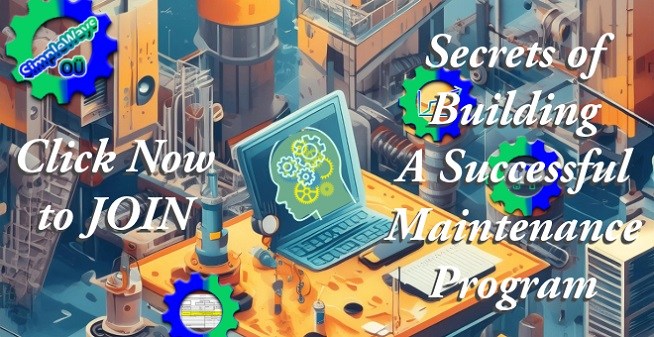


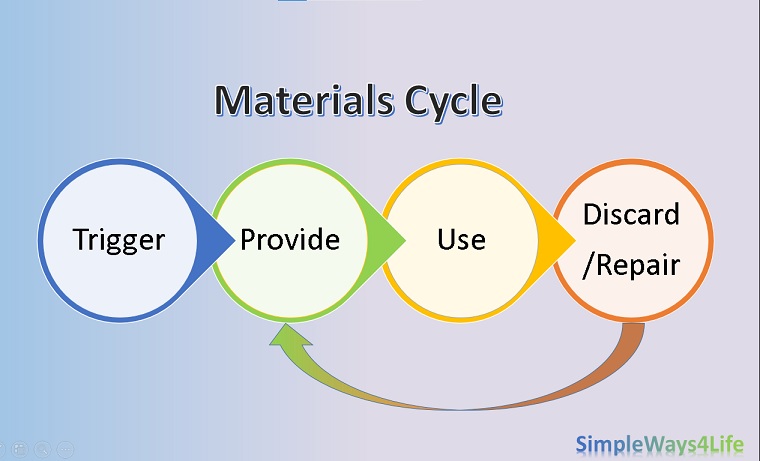
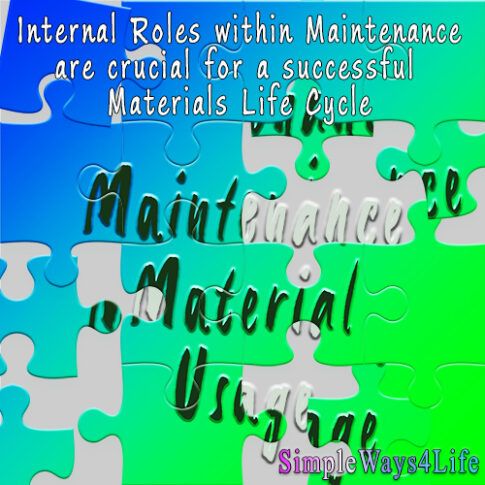

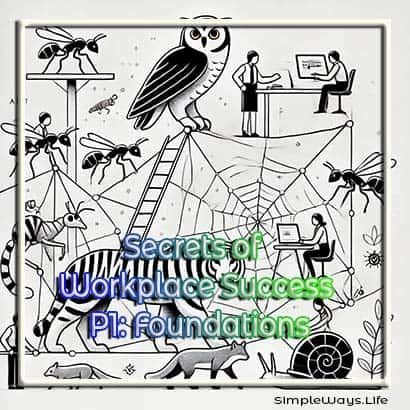
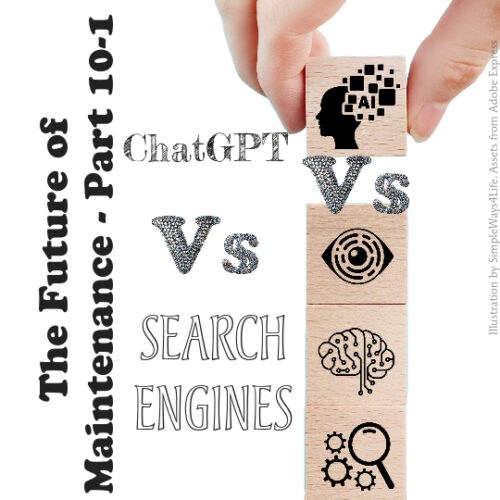
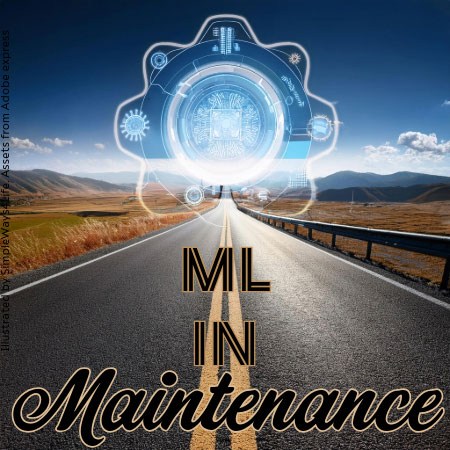
One Comment